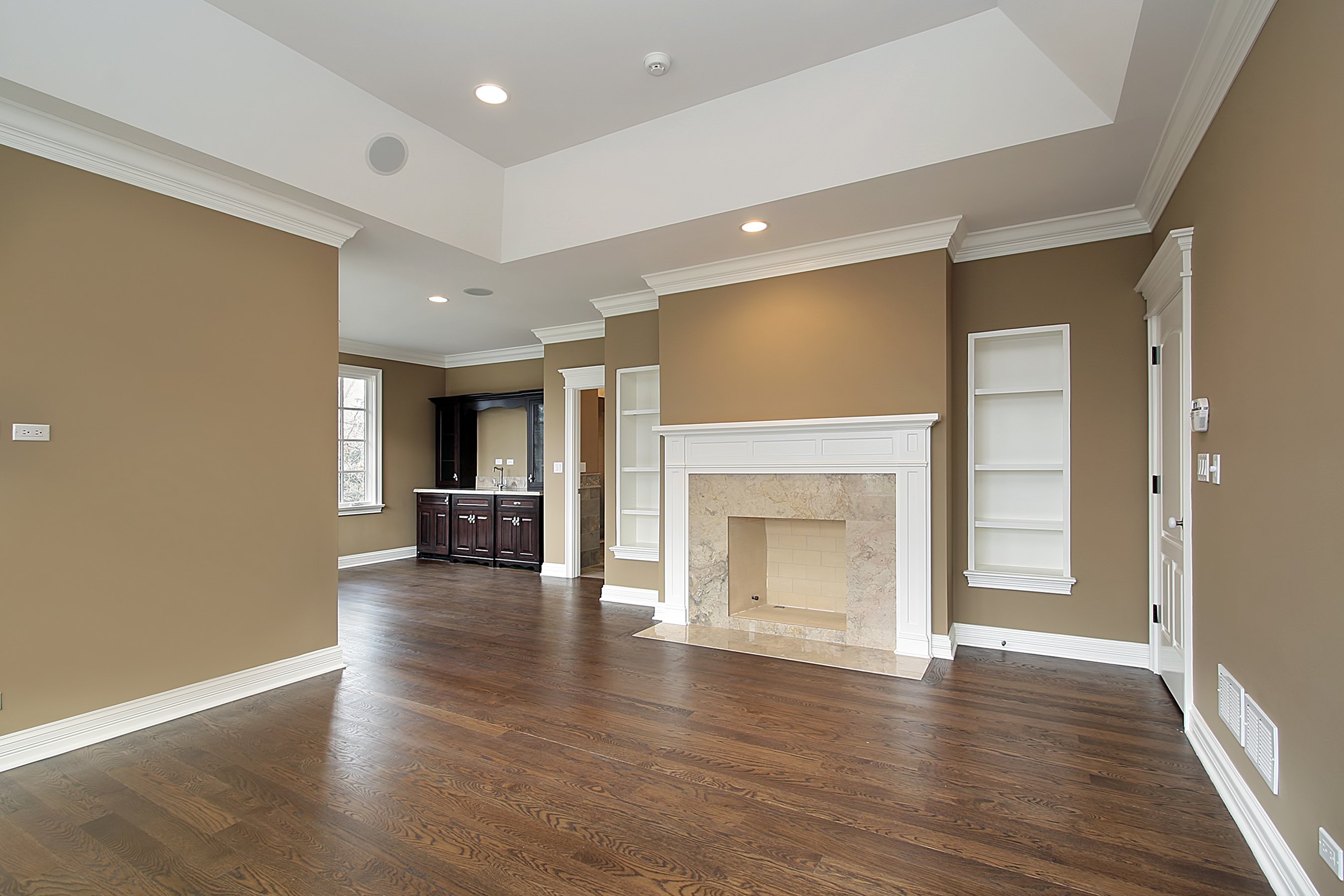Transform Your Home with Expert Internal House Painting Tips

Image Source: Google
Transforming your home with a fresh coat of paint is one of the most cost-effective ways to make a big impact. Whether you are looking to update a room or give your entire home a makeover, expert internal house painting tips can help you achieve professional results. Here are some tips to help you transform your space with precision and style.
Preparation is key when it comes to painting your home's interior. Start by clearing the room of furniture and other items to create a clean, empty space to work in. Next, fill any holes or cracks in the walls with spackling compound and sand them smooth. This will ensure that your walls have a seamless, polished finish once the paint is applied. You can navigate to Upper Class Painting to get more details about internal house painting.
Choosing the right paint color can significantly impact the overall look and feel of a room. When selecting a color, consider the room's size, natural light, and the mood you want to create. Lighter colors can make a room feel more spacious and airy, while darker colors can add drama and coziness. Sample paint colors on small sections of the wall to see how they look in different lighting conditions before committing to a full room painting.
Investing in high-quality paint and tools is essential for achieving professional-looking results. Opt for paints with a durable finish that are easy to clean and maintain. Quality brushes and rollers will also make a noticeable difference in the application process, ensuring smooth, even coverage. Additionally, consider using painter's tape to protect trim, ceilings, and other areas that you do not want to paint. This will help you achieve clean, precise lines and edges.
Proper technique is crucial for achieving a flawless paint job. Start by cutting in along the edges of the walls, ceilings, and trim with a brush before using a roller to fill in the larger areas. Be sure to work in small sections and blend the wet edges of the paint to avoid visible lines and overlaps. It's also important to apply multiple thin coats of paint, allowing each layer to dry completely before adding the next. This will result in a more even finish and better color saturation.
When painting a room with multiple walls, consider using a consistent color scheme to create a cohesive look. This will help tie the room together and make it feel more harmonious. If you want to add visual interest, consider using an accent wall or painting the ceiling a different color. These subtle touches can elevate the overall design of the space and create a more dynamic aesthetic.
Once the painting is complete, take the time to inspect the walls for any touch-ups or imperfections. Use a small brush to fix any uneven areas or smudges and make sure all the lines and edges are crisp and clean. Once you are satisfied with the results, allow the paint to cure fully before moving furniture back into the room or hanging decorations on the walls.